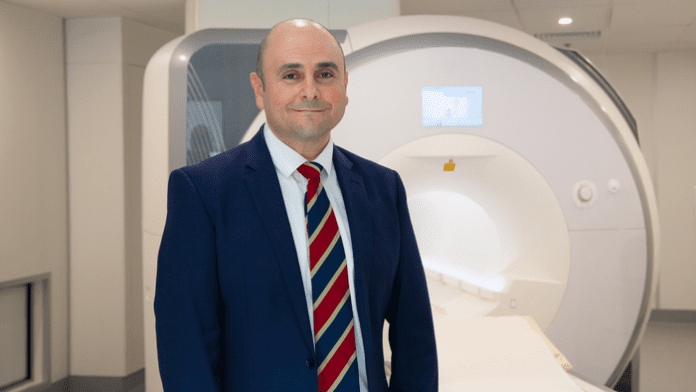
A new MRI technique could transform heart transplant surgeries, reducing complications and hospital admissions.
Heart transplant surgery aims to replace a damaged or failing heart with a healthy one. Certain conditions such as coronary heart disease may eventually lead to a heart transplant.
Approximately 3500 people worldwide receive heart transplants each year, with some patients experiencing a form of organ rejection. To combat this, scientists from the Victor Chang Cardiac Research Institute and St Vincent’s Hospital, Sydney, have developed a virtual biopsy technique; designed to detect signs of the transplanted heart being rejected.
The findings were published in the journal Circulation.
Invasive rejection process
Associate Professor Andrew Jabbour, from Victor Chang Cardiac Research Institute, commented that the new development would improve care for many thousands of heart transplant patients worldwide.
“It’s essential that we can monitor these patients closely and with a high degree of accuracy; now we have a new tool that can do that without the need for a highly invasive procedure,” said Professor Jabbour, who is also a Consultant Cardiologist at St Vincent’s Hospital, Sydney.
“This new virtual biopsy takes less time, is non-invasive, more cost-effective, uses no radiation or contrast agents, and most importantly, patients much prefer it.”
Healthcare professionals can test for heart transplant rejection by performing a biopsy that determines the level and suitability of immunosuppressive treatments to treat and prevent further rejection. This procedure is invasive, involving the insertion of a tube in the jugular vein to allow surgeons to insert a biopsy tool into the heart to remove multiple samples of heart tissue.
This procedure is uncomfortable and can lead to serious complications. Patients will also undergo a biopsy around 12 times the first year following the heart transplant.
Heart transplant via virtual biopsy
The new MRI technique has shown to be accurate in detecting rejection and can analyse heart oedema levels, which the scientists closely associated with inflammation of the heart.
The scientists randomised forty heart transplant patients into a traditional biopsy or new MRI technique group. They found the new test was just as effective at detecting rejection. Furthermore, they discovered that despite similarities in immunosuppression requirements, kidney function and mortality rates, there was a reduction in hospitalisation and infection rates in the individuals who had the MRI procedure. These findings will be reconfirmed in a planned larger multi-centre study.
Fellow author and cardiologist Dr Chris Anthony, who helped conduct the study, concluded: “The technique is now frequently used at St Vincent’s Hospital in Sydney, and I anticipate that more clinics across the world will adopt this novel technology.”









